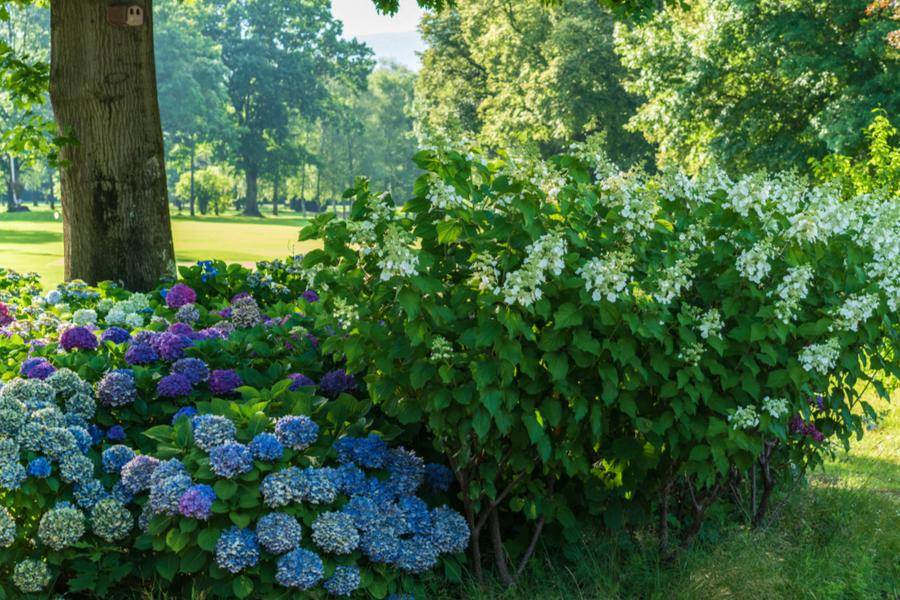

It's a good choice for those bare spots under trees where nothing else seems to grow, although it can spread if not kept in check. Creeping MyrtleĪlso known as Vinca Minor, this low-growing plant features purple flowers in late spring. I planted a group of these near our front steps to give us a whiff of spring in late winter, and the green leaves soften the hard concrete corner in summer. Himalayan sweetbox has a beautiful fragrance when the tiny white flowers are in bloom, which then turn into berries for wildlife. This winter blooming evergreen shrub grows to only 18" tall, but spreads out to 3 feet. You can plant these little gems close together to create a solid band of color at the front of the flower bed, and they will continue to bloom from spring until frost. Impatiens are great as a border plant in a shade flower garden. The drooping flowers also make great "spiller" in shady window boxes or hanging baskets. The long, tubular blooms are a hummingbird magnet, and they typically have red, purple or pink flowers.

These are one of my favorite shade flowers! Hardy fuchsia is a perennial plant in our area (zone 8b), so they come back year after year and have a long bloom time. These red and yellow flowers really bring a splash of color to the shady area of my garden! I always get a lot of complements from neighbors walking by this corner of the yard, and everyone wants to know what kind of plant these are! Fuchsia The double bloom variety resembles roses, but you would never find a rose in the shade! Seeing these flowers pop up every year reminds me that spring is coming! Begoniasīegonias are beautiful shade-loving annual flowers that come in a variety of colors. Their foliage is semi-evergreen, so you'll want to cut away the tired looking leaves in spring for a fresh flush that lasts the rest of the season. These perennial flowers bloom in late winter or early spring, and come in a variety of colors. If you want to add some color to your shade garden in the colder months, hellebore is the perfect choice. It's a good idea to keep a gardening journal to document how much sun or shade each area of your garden receives at various times of the year.

#FLOWERS THAT GROW IN SHADE FULL#
If you have shade-loving plants under a tree that doesn't develop leaves until early summer, they'll be exposed to full sunlight for a good part of their growing season. It will fill in the bare areas under trees where other plants may struggle.Īlso keep in mind when your trees leaf out in the spring and fall in autumn. If you're looking for an evergreen ground cover to pair with your shade-loving flowering plants, consider Pachysandra for your space. Full shade plants still need 2-4 hours of sun, even if it's just dappled light through the trees. Part shade (or part sun) plants should get 4-6 hours of sun every day, preferably morning sun. On the other hand, full shade plants may struggle if they are blasted by the hot afternoon sun at certain points of the year. Know what type of shade you have before you buy your plants! Plants that are labeled as part shade will not do as well in a deep shade area that doesn't get any direct sunlight.


 0 kommentar(er)
0 kommentar(er)
